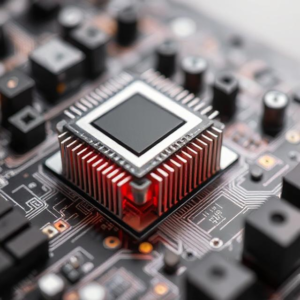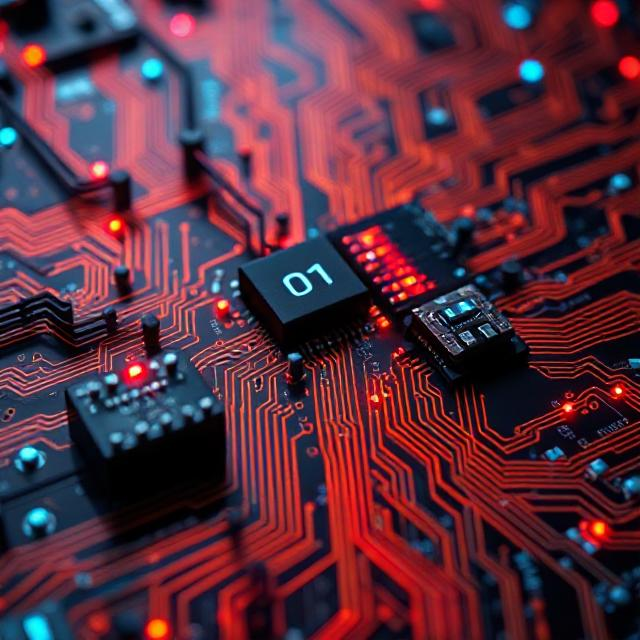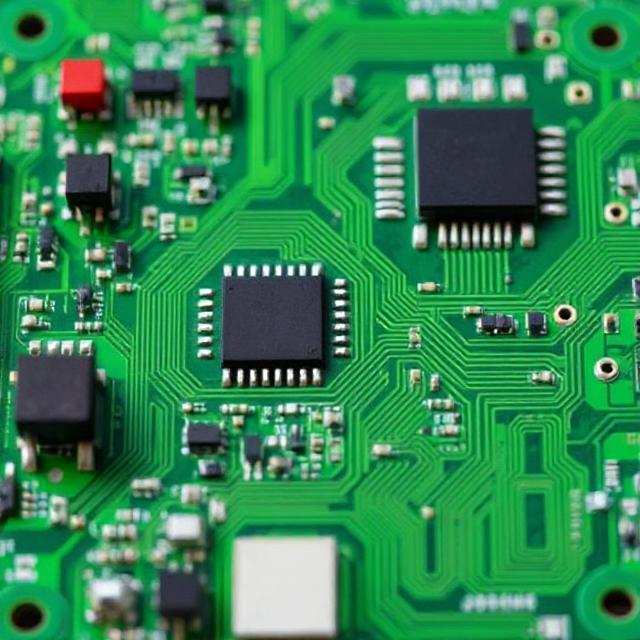What are Thermal Interface Materials (TIMs)?
Thermal interface materials (TIMs) are materials used to improve the transfer of heat between two surfaces in an electronic device. In electronics, heat is often generated by components like processors, power supplies, and other high-performance parts that work quickly. If this heat isn’t properly managed, it can damage the components or cause them to stop working.
Think of TIMs as “heat bridges” between two parts, like a processor and a heat sink (a metal part used to disperse heat away). They help heat move more efficiently from one part to another, ensuring that the system stays cool and operates correctly.

Why Are TIMs Important?
When electronics work, they generate heat. If heat builds up too much, it can lead to problems like:
- Overheating: Parts of the device can get too hot and stop working, or even be permanently damaged.
- Reduced performance: When devices overheat, they may slow down or behave erratically.
- Shortened lifespan: Consistent overheating can cause components to wear out faster.
TIMs help by making sure the heat from hot components (like a CPU or GPU) can flow efficiently to cooler parts (like a heat sink or thermal pad) that can move the heat away from the system.
How Do TIMs Work?
- Heat Generation:
- When an electronic component (like a processor) works, it generates heat.
- Heat Transfer:
- The heat needs to be transferred from the hot component (e.g., processor) to another part that can dissipate it, like a heat sink (a metal part that draws heat away from the component).
- Role of TIMs:
- The problem is that the surfaces of the hot component and the heat sink are not perfectly smooth. Even if they look smooth to the eye, they are actually full of tiny gaps. These gaps can trap air, which is a poor conductor of heat.
- TIMs fill these tiny gaps and improve the contact between the two surfaces, allowing heat to flow more efficiently from the component to the heat sink.
Types of Thermal Interface Materials
There are different types of TIMs, and they are chosen depending on the needs of the device (like the amount of heat being generated, the size of the components, and how much space is available). Here are the main types of TIMs:
- Thermal Grease or Thermal Paste:
- What it is: A gel-like substance that is applied between the CPU (or other heat-generating component) and the heat sink.
- How it works: It fills the tiny gaps between the surfaces and helps heat flow smoothly. It’s very effective for high-performance components.
- Why it’s used: It’s inexpensive, easy to apply, and works well for many applications, especially in computers and laptops.
- Thermal Pads:
- What they are: Soft, solid pads made of materials like silicone that are placed between the component and the heat sink.
- How it works: Similar to thermal grease, but the pad is easier to handle and doesn’t need to be spread out. It also fills the gaps between the surfaces for better heat transfer.
- Why it’s used: Thermal pads are useful when you need something that’s easy to apply and doesn’t require the mess of liquid thermal paste. They are often used in devices like graphics cards and consumer electronics.
- Phase Change Materials (PCMs):
- What it is: These are special materials that change from solid to liquid (or vice versa) when they reach a certain temperature.
- How it works: When the device heats up, the PCM melts, becoming a better conductor of heat, and then solidifies again as it cools. This process helps improve the heat transfer over time.
- Why it’s used: PCMs are used in high-performance applications where heat management needs to be very efficient, like in gaming consoles or high-power processors.
- Thermal Tapes:
- What it is: Adhesive tapes that have thermal properties, often used to stick heat sinks or other components in place while also transferring heat.
- How it works: The tape is sticky on one side and has thermal properties on the other. It helps bond two surfaces together while allowing heat to transfer efficiently.
- Why it’s used: Thermal tapes are simple and effective for light-duty applications where strong bonding is needed along with moderate heat management.
- Metal-Based Thermal Interface Materials:
- What it is: These are metallic compounds that are highly efficient at transferring heat.
- How it works: Metal-based TIMs provide the best heat conductivity. They can be used in very high-performance applications where heat needs to be dissipated very quickly.
- Why it’s used: These are used when maximum heat transfer is necessary, like in some specialized computer hardware or power electronics.
How Are TIMs Applied?
Applying a thermal interface material is usually a simple process, but it requires care to ensure good performance:
- Clean the surfaces:
- Both the component and the heat sink need to be clean to make sure the TIM can work properly. Dust, oil, or leftover thermal paste can reduce the efficiency of the heat transfer.
- Apply the TIM:
- For thermal paste, a small amount is applied to the center of the component (like a CPU). Then, it is spread evenly using a small spatula or simply by pressing the heat sink onto the component.
- For thermal pads and tapes, you just place them between the surfaces as needed.
- Install the heat sink:
- Once the TIM is applied, the heat sink or other cooling device is attached to the component. The TIM helps ensure good thermal contact between the two surfaces.
Why Are TIMs Needed?
Without good thermal management:
- The heat generated by the components (like CPUs, GPUs, etc.) won’t be efficiently transferred away, which can cause them to overheat.
- Overheating can cause damage to the components, reduce their lifespan, or cause them to malfunction.
- In devices like smartphones, gaming consoles, or computers, poor heat management can lead to slower performance as components try to avoid overheating by reducing speed.
In Simple Terms:
- Thermal Interface Materials (TIMs) help move heat away from heat-generating parts (like processors) to cooler areas (like heat sinks).
- They work by filling tiny gaps between surfaces to improve heat transfer, ensuring that the device doesn’t overheat.
- Common types of TIMs include thermal paste (grease), thermal pads, phase change materials, and thermal tapes.
- TIMs are crucial for keeping electronic devices safe, efficient, and long-lasting.











